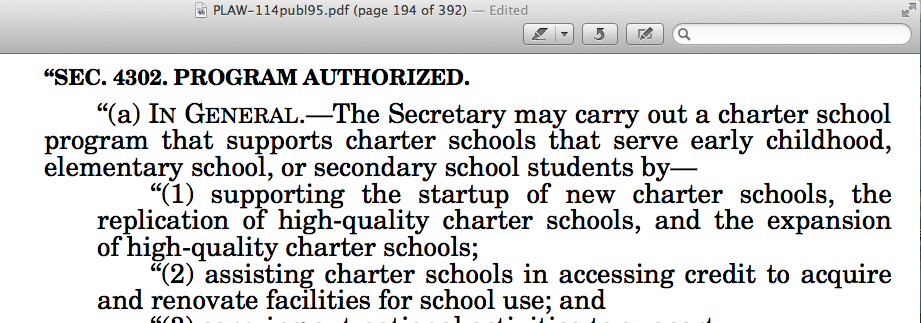Tag Archives: charters
Zombie Ideas Are Killing Public Education
“Zombie ideas … are policy ideas that keep being killed by evidence, but nonetheless shamble relentlessly forward, essentially because they suit a political agenda.” Paul Krugman
Zombie Ideas!?!
Exactly! … Policymakers have been using zombie ideas to dismantle, transform, and restructure the public education system. But there is a mountain of evidence that the zombie ideas in No Child Left Behind didn’t show any appreciable improvement in student achievement. So why not end the zombie invasion killing our public schools, now?
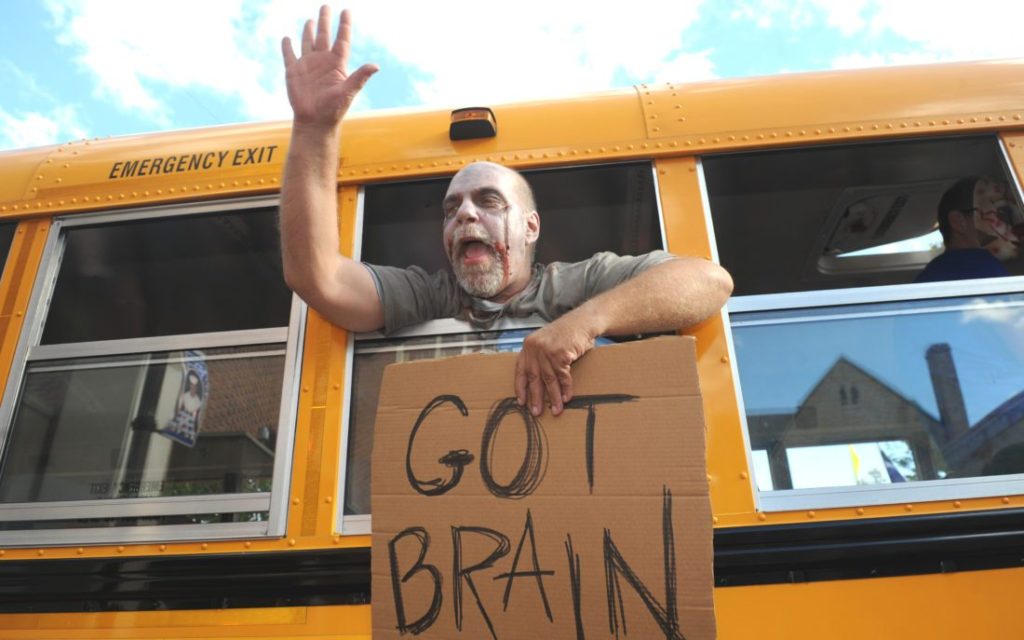
Zombie ideas are hard to kill because they have already been killed by evidence! Mirror photo by Gary M. Baranec
What Zombie Ideas?
The test-based, metric-driven accountability of the No Child Left Behind (NCLB) law is based on a political agenda, not proven education reforms. Now, NCLB is called the Every Student Succeeds Act (ESSA) but the same policy ideas and political agenda remain in place. The same detrimental consequences persist because the aim and purpose of the law did not change.
Zombie Ideas in Education: High-Stakes Testing and Graduation Policies*
Solórzano (2008) found that the results of high-stakes tests used as a high school diploma requirement “show quite clearly that Blacks and Latinos (and English Language Learners) are disproportionately failing them, whether enrolled in Texas, New York, California, or Minnesota” (p. 312).
He goes on to say that students who do poorly on these exams “are viewed as the problem; they are retained, tracked, or denied graduation” (p. 316) and cites several sources for this statement.
Then, comes the most logical and obvious, yet often negated fact of this matter: “They are held solely responsible for their grades, when in fact, they may not have had equal chance of learning because of the unequal resources and opportunities at their disposal at their school site” (p. 316).
The policy of high-stakes testing that has led to multiple incorrect, unethical, and detrimental uses of test results is just one example of a zombie idea that needs to die —permanently.
Other Zombie Ideas That Just Won’t Die!
Choice and competition are market-based ideas whose theories have been applied to public education to transform and restructure our public system into a privatized system. So based on the idea of school choice as a reform, researchers** examined student achievement under this Market Theory — with the demand side being “school choosers” and the supply side being schools. They did so while also cautioning that psychologists are well aware of the effect of “choice.”
Theory On the Demand Side:
“The simple act of choosing a school then might contribute to a family’s satisfaction with that school.”
Theory On the Supply Side:
“Decentralized decision-making itself might be beneficial to students. … This local control could lead to more efficient, locally appropriate use of resources, better alignment and camaraderie among the school personnel, and improved responsiveness to opportunities and challenges.”
But Overall:
“While there are isolated (and sometimes very impressive) success stories, school choice reforms have not proven to be unambiguously effective on the whole.”
Charter or Voucher: It Doesn’t Matter
“Much like the charter school literature, the literature on private school vouchers does not conclusively link the use of vouchers to improved academic performance.”
Existing Public Schools are Forced to Compete: True
“While most principals report competing for students, few report that they compete by making curricular or instructional changes that might appeal to parents. Instead, they are considerably more likely to report competing through outreach and advertisement.”
Choice and competition are zombie ideas that increase return on investment to the education industry — and the cottage industries of marketing, data analysis, and advertising. School choice is not a systemic reform. It is a market theory that doesn’t tackle the solutions we should focus on — those that strengthen and improve educational quality and opportunity FOR ALL CHILDREN.
Rising from the Depths of the Swamp: More Zombies or Real Reform?
While the political agenda behind the zombie ideas focuses the nation’s attention on “outputs,” the idea of focusing reforms on “inputs” keeps getting buried alive. Even though it is logical and obvious that learning requires specific inputs, that poorer communities have fewer resources, and that the schools that struggle to provide better education are located in areas of concentrated poverty — our laws remain fixed on Outcome-Based (output) Theory.
While federal and state lawmakers continually mandate higher learning standards, “service delivery standards” remain buried in history.
Yes, it is true. Once upon a time America saw educating its youth as a public service. We were going to set a quality standard for delivering that service. While we still hear the phrase “Opportunity-to-Learn Standards,” those pushing their political agenda to privatize the system kill that conversation. Their actions say they don’t care about all the nation’s children. If those in power really cared, they would have pushed for “service delivery standards” to support local school improvements.
Instead of bad policy ideas being killed by evidence, those with a political agenda are killing the public education system.
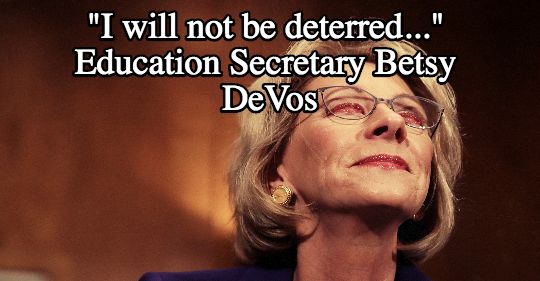 Zombies are hard to kill because they are already dead. But it seems to be common knowledge that to kill a zombie you must destroy its brain.
Zombies are hard to kill because they are already dead. But it seems to be common knowledge that to kill a zombie you must destroy its brain.
These zombie reform ideas —high-stakes testing, metric-driven centralized accountability, competition through charters and vouchers — don’t die because they serve a political agenda. It is the “brains of the operation” that we must expose and politically destroy.
Sources:
*Kern, Diane. Zombie Ideas in Education: High-Stakes Testing and Graduation Policies. New England Reading Association Journal 49.1(2013): 96.
**Loeb, S., Valant, J., Kasman, M., Increasing Choice in the Market for Schools: Recent Reforms and their Effects on Student Achievement. Forum on the Education Reform in an Era of Fiscal Imbalance. National Tax Journal, March 2011, 64 (1), 141–164.
Rural America in the Crosshairs: A New Frontier for Profiteers
This is my plea to rural America and to all the people who carried Mr. Trump into the White House. Please remember your power and use it well. Don’t let corporate interests ruin our American small-town way of life.
Preserving our public education system is at the heart of this battle. And the public can both preserve and improve our schools…Why close them or leave them behind?
This past election season should give us hope. In Massachusetts (the state that has proven that true education reform is possible), voters said “NO” to lifting the cap on charter schools. Why?
“…almost all of the fiercest Question 2 opponents were cities and towns whose public schools are losing money to charter schools.”
And as one principal expressed…
“Community members and parents I talk to want to fight for the resources to improve the public schools we already have rather than opening more schools.” He [Peter Bachli] added, “It’s as if the refrigerator light went out and instead of fixing it you bought a new refrigerator.”
Many people are considering the consequences of “school choice” as we now know it. Charters, school vouchers, and technology are the main products being sold to fill the gaps in education decisively created through our laws. Yes, the market was created.
To make a buck (or billions), the education industry under the guise of education reform has put a price on the heads of children — again and still. Urban markets were tapped first. Now, schools in rural America are in the crosshairs.
But rural America doesn’t have to go the way of America’s urban districts. Not if we learn from their experiences.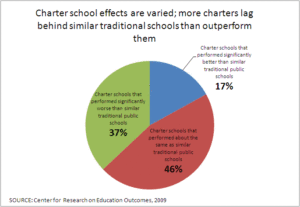
And here in Idaho, we can learn from other small towns that have all but been destroyed by our modern-day version of “school choice.”
My hometown of Albion, Michigan is a perfect example. Crippled economically by unfair competition leading to de-industrialization, families paid the price for “globalization” (a nice code word for the development of multinational corporate monopolies).
At the same time, the farce of test-based reforms in K-12 education fueled the development of school choice laws.
So with 80 percent of charter schools in Michigan being for-profit schools, the education industry profited at the expense of American small-town traditions. Gone were the Friday night football games. Gone were the Christmas programs. Gone were the opportunities to gather in local businesses after school events — because — gone were the schools. They were closed. Kids are bused elsewhere.
The fabric of the community was shredded.
Rural America, I’m not crying wolf. Rural schools ARE in the crosshairs of the education industry. The plan is well underway.
Step 1: Direct funding…
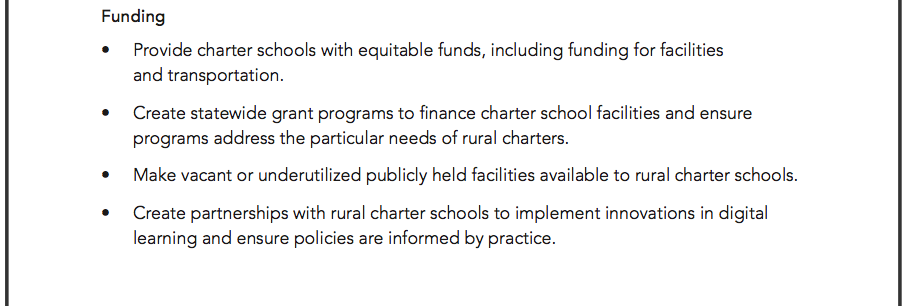
FROM A New Frontier: Utilizing Charter Schools to Strengthen Rural Education by Andy Smarick http://files.eric.ed.gov/fulltext/ED553987.pdf
Step 2: Get state law in line…

AND this opens the door for philanthropic venture capitalists. Those with an interest in “success” of these charters will use their money to ensure “effectiveness” can be demonstrated.
Step 3: Coordinate federal law …(while claiming more state and local control)…
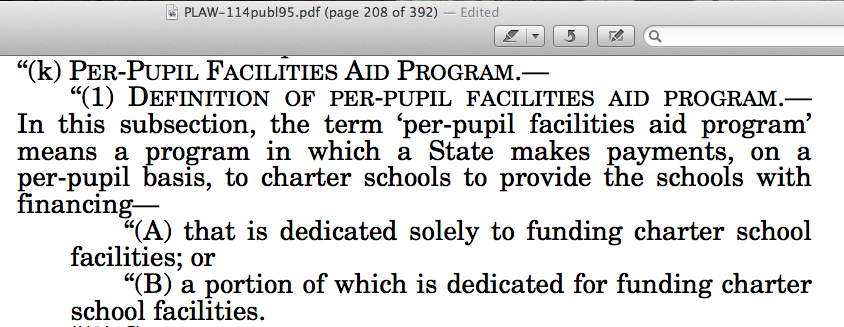
This is the Every Student Succeeds Act (ESSA Public LAW 114-95). Why does the federal government feel the need to tell states how to fund charter schools?
Step 4: “Grow-your-own” market even when that means you direct funds AWAY FROM IMPROVING SCHOOLS….really.

YES, this does say to FOREGO improvements. THIS IS ESSA. No Child Left Behind created a market in the same way. It limited curriculum while charters popped up offering more of what was removed from regular public schools.
The decades-long standards, assessment, accountability, and technology movement continues making “choice” a moneymaking instrument easily sold to freedom-loving people.
For Idaho this began in the 1990’s with the Albertson Foundation sponsoring the development of “new” standards. Then came the assessments and accountability mechanisms to spawn competition between schools thus creating a market for “choice.” They focused their money and our laws (and money) on standards and testing for math and reading at the expense of better quality education. Their vision. Their plan. Their lobbyists that created “our” laws that in turn foot the bill for education products to fix what they helped ruin.
Now, they have much of Idaho believing we don’t understand “what policies and practices are likeliest to help” improve our rural schools. That simply is not true.
In January of 2013, one conclusion of state research was that our rural schools wanted their teachers to have the opportunity to obtain multiple certifications. Administrators wanted to improve the quality of their teaching workforce.
Instead, in August of 2013, the Albertson Foundation brought in out-of-state experts to examine OUR rural schools.
They found a new frontier — for rural charter schools — based on “the fantastic work done by charter management organizations” and “human capital organizations” like The New Teacher Project…..Wait? Who?
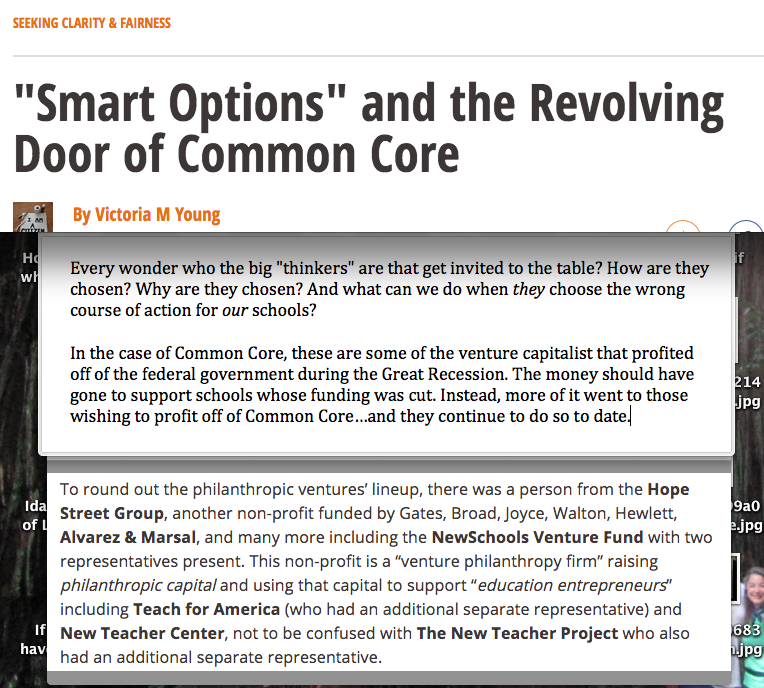 Let’s be clear. We are talking about philanthropic venture capitalists. These are the same people who put their money (and ours) on Common Core.
Let’s be clear. We are talking about philanthropic venture capitalists. These are the same people who put their money (and ours) on Common Core.
You think Common Core is simply going away because Mr. Trump doesn’t like it? Not when those who teach the teachers, develop the leadership, and lobby the lawmakers are in control. The Common Core System is in place. With the change of a name, in the blink of an eye, we still face the same problem of no real local control. Charter schools are not the answer to that problem.
And there seems to be a belief that charters will only come in where they are needed and wanted. Can the public just say no and have it be so? Ask congress.

In Idaho, our state board has the POWER also. Idaho’s State Board is not elected; they are selected!
So knowing how the laws have been fixed to profit the charter industry, as I traveled across rural Idaho over the Thanksgiving weekend, I tried not to think about it. But unfortunately while passing through one small town in particular, a horrible thought struck me. How long would it be before the food chain consisted of ConAgra, Monsanto, and Walmart?
And what will the schools be like under this new world order? Well, if the purpose of education is workforce development, we know who’ll be calling the shots.
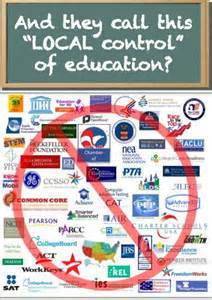 On the other hand, I’m not convinced that corporate America will trump rural America.
On the other hand, I’m not convinced that corporate America will trump rural America.
Will America be made great again by those who control the schools?
Will rural America choose to give control to the same people who manipulate our laws to benefit their industry?
Or will rural Americans reclaim the “new frontier” as their own?
How will we see success?
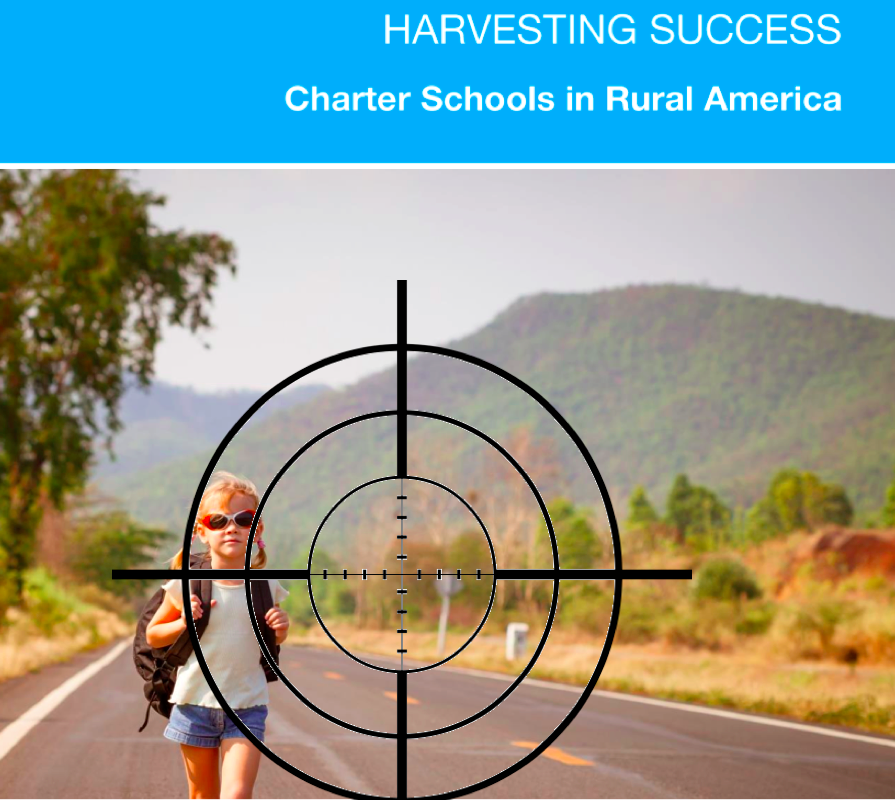
Crosshairs added with the help of a friend. Photo from Harvesting Success: Charter Schools in Rural America brought to us by the “National” Charter School Resource Center and SAFAL partners (a consulting firm with “deep domain knowledge in the charter section, human capital management systems, and next generation learning.”….Rural America, are these the people you want managing your children and grandchildren?
“Let’s have faith that right makes might; and in that faith let us, to the end, dare to do our duty as we understand it.” — Abraham Lincoln
P.S. Special thanks to the undistinguished Americans that go unacknowledged for the extraordinary research they selflessly do everyday (without pay) in an attempt to enlighten all of us. I for one appreciate their contributions to this blog.
The Public’s Choice
Parents, educators, and politicians moved forward with the illusion of reform based on individual “choice” without considering the public good.
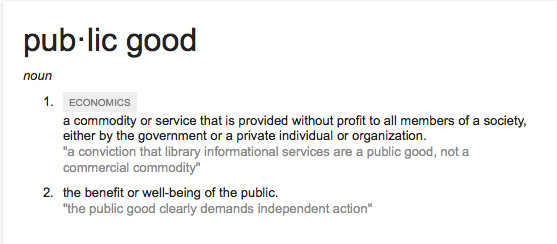
If public education is a public good, what choice does the public have in deciding how it is provided?
We put choice into education law without really having a conversation about our choices.
The Power of the Word
In Understanding the Psychology of the American Idea of Choice, researchers noted that Americans respond more strongly to the word “choice” than people from other countries. They found that when we think about our lives framed in terms of choices, it …
- “reduces our support for public policies that promote greater equality,…
- leads us to feel less concerned about the growing gap between the wealthy and the poor,…
- leads us to feel less empathy towards others who have experienced negative life events,…
- [shifts] attitudes in favor of policies that promote individual freedom.”
At the heart of the issue of “choice” is our strongly embedded love of freedom. There’s nothing wrong with that, except, these findings may very well have been used against us. Overall, researchers found the effects that the word “choice” has on us seems “to bode poorly for solving social problems that require cooperation.”
Public education of children is a cooperative effort.
Choice Laws
The education law of the land, No Child Left Behind (now 12/5/15 called Every Student Succeeds Act), is a law promoting school choice.
It didn’t used to be. It used to be a law promoting quality and equal opportunity.
But even if we eliminated the big bad hand of the federal government in education reform laws, state charter laws abound and ALEC is ready for the State to control education reform.
The American Legislative Exchange Council (ALEC) is advancing the “principles of free markets” and makes claims that they promote…
“public private partnerships between America’s state legislators and concerned members of the private sector, the federal government, and the general public.”
ALEC is looking out for the general public?
ALEC supports “more choices in education both as a matter of principle and as a promising solution to the increasing challenges facing America’s K-12 education system.”
With charter laws in place across the country, here’s ALEC’s smorgasbord of other “solutions” to choose from ….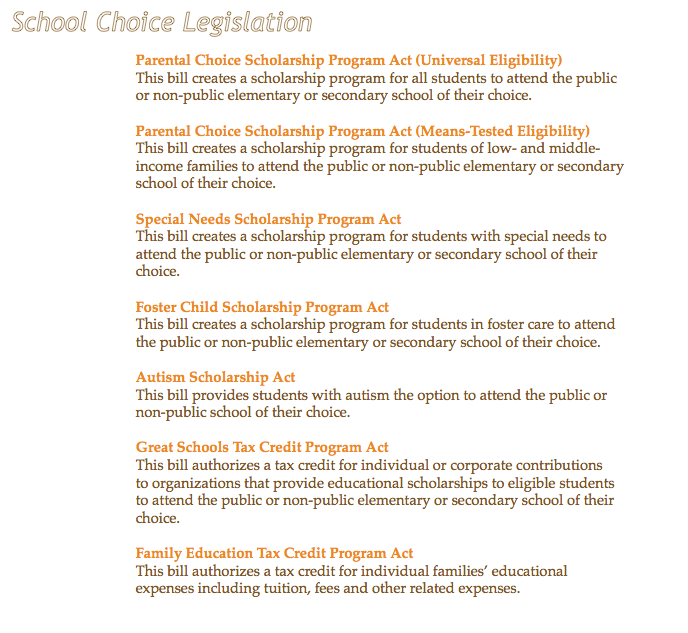
But is “choice” a solution for the American K-12 education system?
The Assumption of Choice as a Reform
The basic assumption is that ALL parents are very savvy and their school choices will be well-informed. They will be able to judge the schools accurately and won’t get sold on advertising gimmicks similar to how the country was deceived by test score comparisons.
I admit my bias here; I volunteered in classrooms for 11 years and saw these same kids with their families in different settings in my community. This is my opinion…
The ignorant crack head is not “savvy”; the single working mother struggling to get everything done in a 24 hour day doesn’t have time to adequately do her homework on schools, she isn’t “savvy”; the homeless but proud (and yes, I can put a face to them) can only use the library computer for a limited time, not enough opportunity to become “savvy”; and those parents whose children are their translators have a real barrier to becoming “savvy.”
Put another way in “Choice or Commonality” by Martha Minow, a law professor and inspiration to a young Barack Obama,
“if educational responsibility remains solely on the immediate family, ‘choice’ may take place in a world of insufficient numbers of quality schools, inadequate information about the stakes and alternatives, and large numbers of people unable to use the choice system effectively. This state of affairs means choice for some and not for others, and whether a child’s educational needs are met will depend on her parents’ ability to choose.”
So with federal education law originally meant to support the public education system in order to break the “poverty-ignorance-ignorance-poverty cycle” by providing ALL children with quality education, we know “choice” cannot logically get us to equal educational opportunity.
What problem is fixed by “choice” through charters?
Quality? You can put the word “quality” in front of “charter” in law but it doesn’t make it so. In the new federal law set to replace No Child Left Behind they use the term “high quality” while others say “high-performing”; still, words don’t make it so. Only 17% of charter schools perform better than traditional public schools. Unequal quality isn’t fixed and that is the major problem.
While the problem being fixed by choice through charters is illusive or non-existent, the growing troubles are well documented in this Washington Post article, A Dozen Problems with Charter Schools.
- Most are not helping kids.
- Some are actually hurting kids.
- Far too many are cash cows.
- The industry is rife with fraud and corruption.
- Lack of transparency and accountability.
- Skimming and weed-out strategies.
- Contribute to the re-segregation of U.S. education.
- Drain resources from struggling districts.
- Closing traditional public schools.
- Lack of innovation.
- Hard to get rid of the bad ones.
- Charters promote “choice” as solution.
As the curtain goes up on all the complications with charters, that will not slow the Choice Movement. Look at Nevada and their Universal School Choice.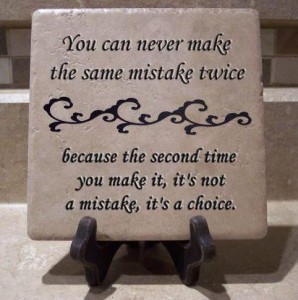
Is this informed choice?
What are the risks? And really, what is the difference between shopping for a charter and shopping for education products with public money in hand? How informed will parents be, how inefficient is the system to become, how unequal will the quality be, and who will be responsible to the children left behind in the end when their parents don’t make good choices or are fooled into bad choices?
The choice to leave a school never improves that school. For certain individuals, a different school than the one they are assigned is appropriate, but those situations must be handled at the local level. They are the exception, not the general rule.
The choice this country was never given is the one to continue to strengthen and improve all schools through proven methods. The choice we never got was to put in place the best practices we know that match our students’ needs. The choice we never got was to improve the teaching profession as a nation. The choice we never got was to fund schools in a manner that is fair and reasoned.
When all reform is based on responsiveness to the needs of community members, continuous improvement happens. That’s what we have always needed, always will.
Choice is a very powerful propaganda weapon; choice is not a reform. School choice is not a solution. To create more equitable educational opportunities, continuous school improvement of every public school is the only logical solution.
But I’m not the one making this choice.
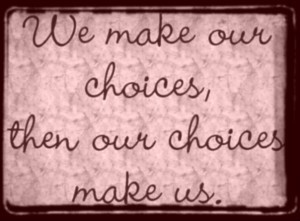 The public must choose. Do you want public education to be a public service provided by our government, or, a commodity provided by private individuals or organizations paid for by tax dollars? This is about control. This is about how we govern our schools.
The public must choose. Do you want public education to be a public service provided by our government, or, a commodity provided by private individuals or organizations paid for by tax dollars? This is about control. This is about how we govern our schools.
This is a BIG choice. We urgently need to decide.




